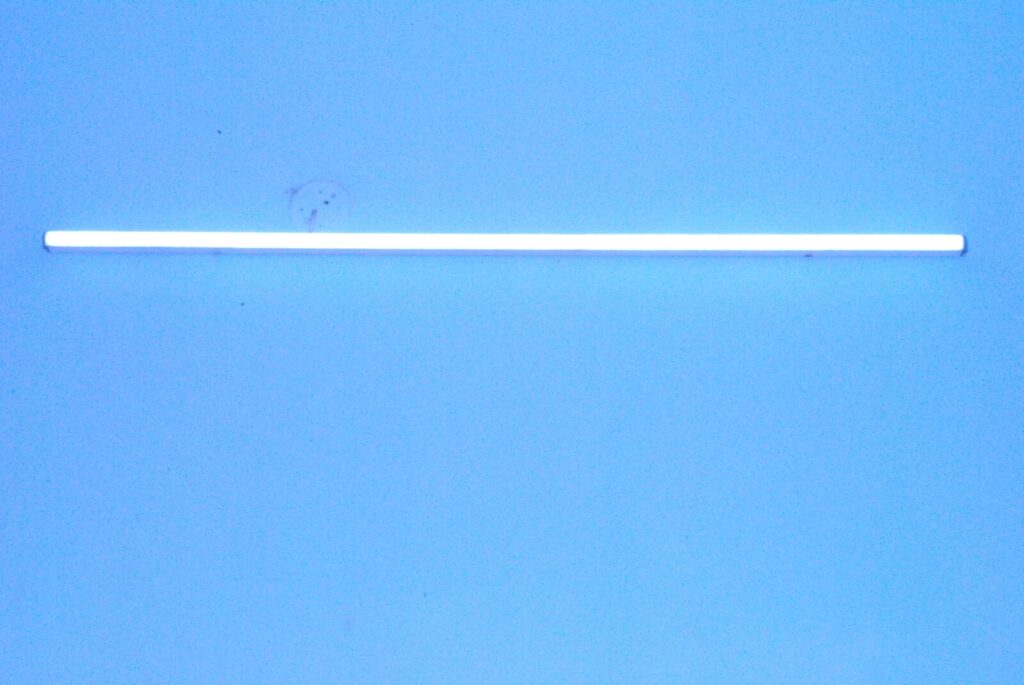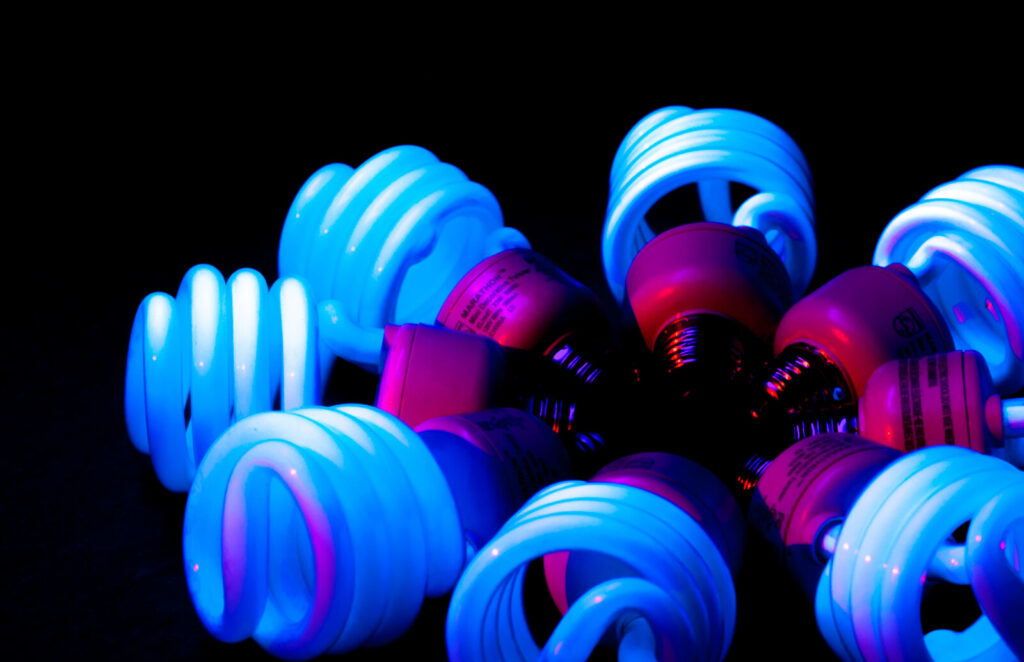LED tubes are one of the most popular ways to upgrade from fluorescent lamps. They’re just as bright but use a fraction of the energy. LED tubes are also versatile. There are two types: ballast compatible LED tubes and direct wire LED tubes. Direct-wire LED tubes (T8 and T12) are connected to a tombstone connector on both ends (no integrated drivers), while ballast compatible tubes have a two-pin base at each end (integrated drivers). They’re often called “bypass” or “direct” wire LED bulbs. Why do you need to know this? You may find that some tubes are better suited to your circumstances than others. Let’s dive into some of their differences:

The Difference Between Integrated LED Tubes and Ballast Compatible LED Tubes
There are two types of LED tubes: direct wire and ballast compatible. Direct wire tubes are the most popular option because they’re easy to install, more efficient, and less expensive than ballast compatible tubes.
Ballast compatible LED tubes are designed to be used with magnetic ballasts, which can be found in traditional fluorescent lights or HID lighting systems like metal halide and high-pressure sodium. These fixtures require an external power source (the ballast) to work correctly, so installing an LED tube using a magnetic ballast requires some additional steps compared to direct wire LEDs. You will have to install an inverter kit that includes an external power supply and the driver for your new tube to operate smoothly with your existing system.
What is a ballast?
A ballast is an electronic device that controls the electrical current of a lamp. It is needed for fluorescent, high-intensity discharge (HID) and other lamps, but not for LED lamps.
A simple way to understand how a ballast works are to think about it as a dimmer switch for your lights. While many people are familiar with dimming LED bulbs, they do not realize that you can also dim fluorescent lights using special ballasts. By varying the voltage sent through these tubes, you can change color and brightness while preserving efficiency and longevity.

What is a ballast compatible LED tube?
Bulb-compatible LED tubes are those that are capable of being used with a ballast.
What does this mean? It means the pin configuration on the ballast and the pin configuration on your LED tube are the same, so you can use them together without changing anything.
What is Direct Wire LED Tubes?
Direct wire LED tubes are a type of LED tube connecting directly to the power supply. They do not require a ballast as an AC powers them to a DC converter, and they are more efficient than ballast compatible LED tubes.
While direct wire LED tubes can be more expensive than their ballast compatible counterparts, they also tend to last longer and have lower operating costs over time due to their increased efficiency.
Benefits of Ballast Compatible LED Tubes
- LEDs are energy efficient. LEDs last longer than traditional bulbs and are much more efficient, saving you money on your electric bill.
- LEDs are cool to the touch. Many LED tubes feature heat sinks that keep them from getting too hot, making them safe for use in enclosed fixtures and cabinets.
- LEDs are easy to install. With screws or clips, it’s easy to mount an LED tube in any fixture you want—no wiring required!
- LEDs are easy to maintain: All parts of an LED tube can be replaced if necessary (except for the glass itself), so if one goes out or breaks down after years of service, replace it instead of throwing away your entire fixture! In addition, fewer materials need to be separated at end-of-life than traditional lighting.
Difficulties of Ballast Compatible LED Tubes
- The tubes will be challenging to install.
- If you need to change the tube, it will not be easy.
- If you need to change the ballast, it will also be challenging.
- And if you need to change your power supply, driver, or transformer, it will also be challenging (and probably expensive).
Why should you use Direct Wire LED Tubes?
- Direct wire LED tubes are easy to install.
- Direct wire LED tubes are easy to replace.
- Direct wire LED tubes are easy to maintain.
- Direct wire LED tubes are easy to repair.
- Direct wire LED tubes are easy to recycle, if necessary (this is a big one).
The best part about direct-wire LED lights is that they’re incredibly environmentally friendly and safe — you don’t have to worry about disposing of dangerous chemicals or having any toxic byproducts left over in your home! A couple of things worth mentioning: 1) The most common type of direct-wire light uses a fluorescent tube instead of an incandescent bulb; 2) There’s no ballast involved, which means there’s nothing extra for you to worry about when it comes time for maintenance or repair work on your fixtures (which can sometimes be difficult when working with traditional tungsten bulbs).
More and more people are using LEDs but I still, have some questions.
LEDs are the clear choice in lighting. They offer all the qualities you’d want in a light source, and you can use them both inside and outside. LEDs have become more affordable over time, making them more appealing to homeowners looking for energy-efficient options that won’t break the bank.
We recommend you check out these LED resources if you want to learn more:
- Great article on Why Solar Lighting Is Better Than Traditional Lighting Systems
- Here’s How an LED Powered Smart Home Works
Conclusion
So next time you’re considering upgrading your lighting to LED tubes, remember that there are two main types: ballast compatible and direct wire. Each type of tube has its benefits, but it comes down to personal preference. A compatible ballast tube might be right for you if you want an easy installation process. But the direct wire is the way to go if you want a more consistent light source! For more tips viti our Lighting Blog


